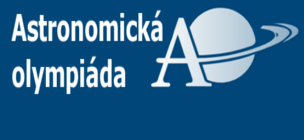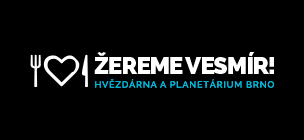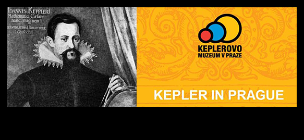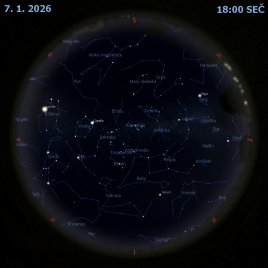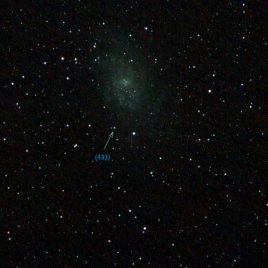
Článek Hlubinami vesmíru s manželi Ebrovými
Mgr. Ivana Ebrová, Ph.D. a Mgr. Jan Ebr, Ph.D. pracují ve Fyzikálním ústavu AV ČR a oba i ve stejném astročásticovém oddělení. Jejich zaměření je však rozdílné. Dr. Ebrová se věnuje převážně srážkám galaxií a dr. Ebr astročásticím. Souvisejí tato témata?
